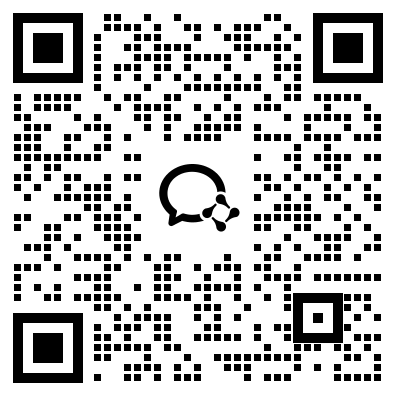Data from: When homoplasy is not homoplasy: dissecting trait evolution by contrasting composite and reductive coding
收藏DataONE2017-06-07 更新2024-06-26 收录
下载链接:
https://search.dataone.org/view/null
下载链接
链接失效反馈资源简介:
The conceptualization and coding of characters is a difficult issue in phylogenetic systematics, no matter which inference method is used when reconstructing phylogenetic trees or if the characters are just mapped onto a specific tree. Complex characters are groups of features that can be divided into simpler hierarchical characters (reductive coding), although the implied hierarchical relational information may change depending on the type of coding (composite vs reductive). Up to now, there is no common agreement to either code characters as complex or simple. Phylogeneticists have discussed which coding method is best, but have not incorporated the heuristic process of reciprocal illumination to evaluate the coding. Composite coding allows to test 1) if several characters were linked resulting in a structure described as a complex character or trait, or 2) if independently evolving characters resulted in the configuration incorrectly interpreted as a complex character. We propose that complex characters or character states should be decomposed iteratively into simpler characters when the original homology hypothesis is not corroborated by a phylogenetic analysis, and the character or character state is retrieved as homoplastic. We tested this approach using the case of fruit types within subfamily Cinchonoideae (Rubiaceae). The iterative reductive coding of characters associated to drupes allowed us to unthread fruit evolution within Cinchonoideae. Our results show that drupes and berries are not homologous. As a consequence, a more precise ontology for the Cinchonoideae drupes is required.
创建时间:
2017-06-07



